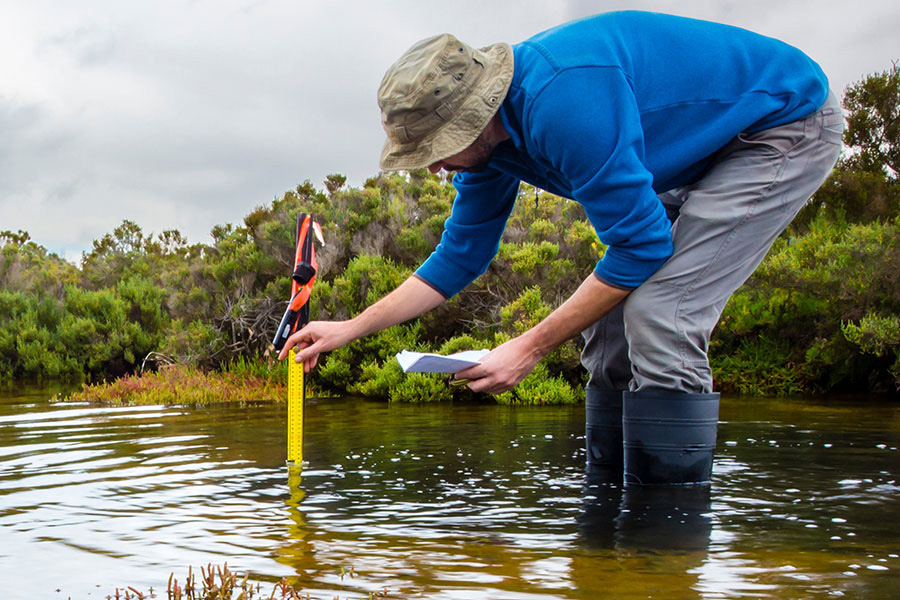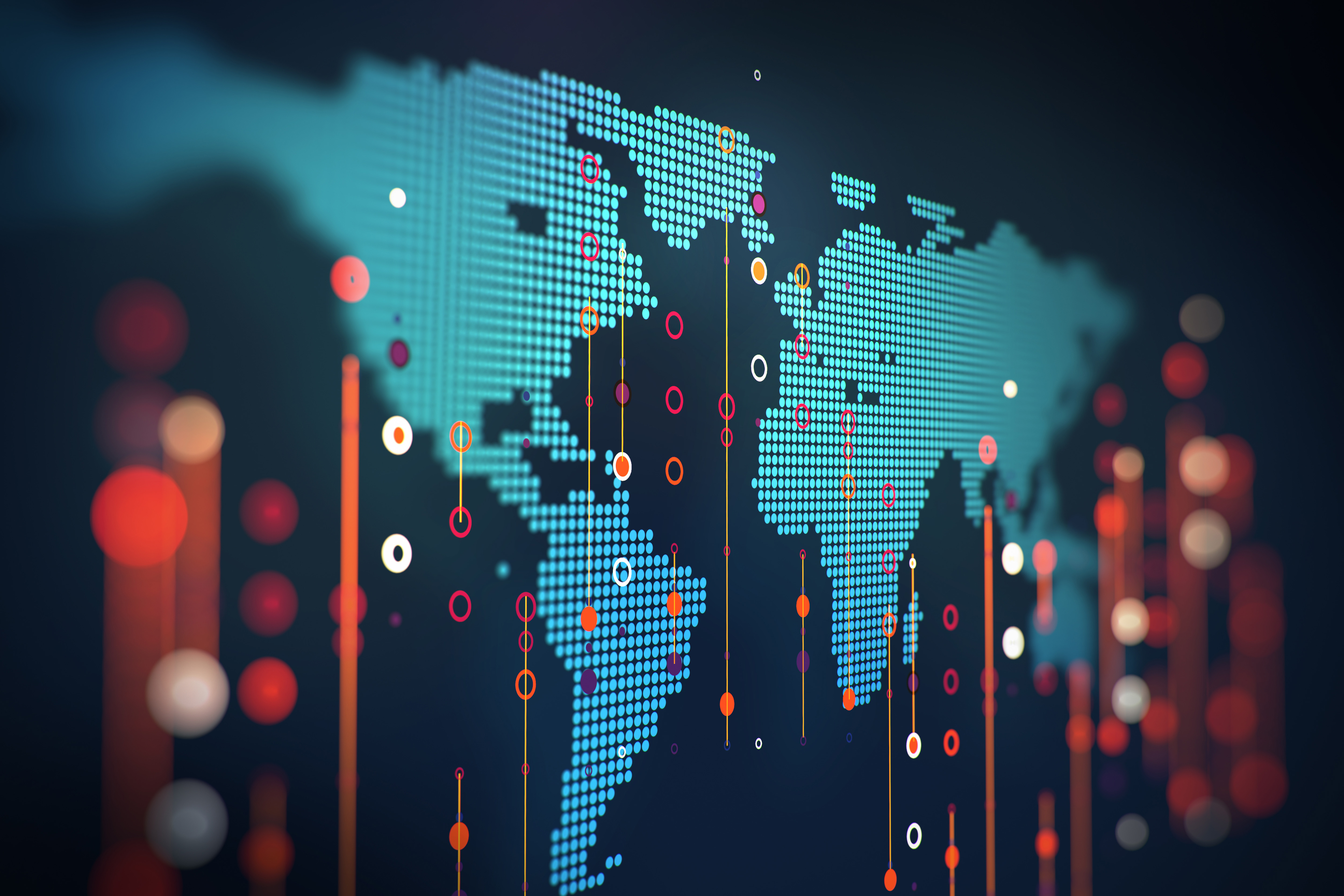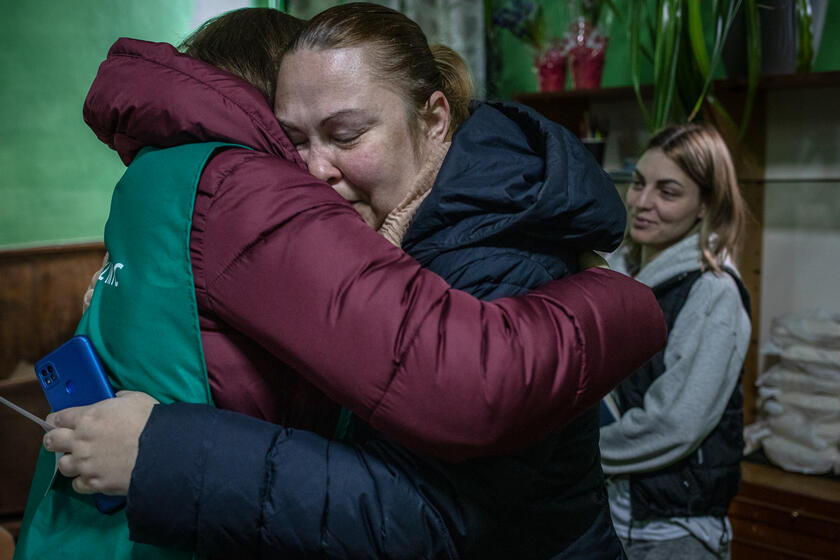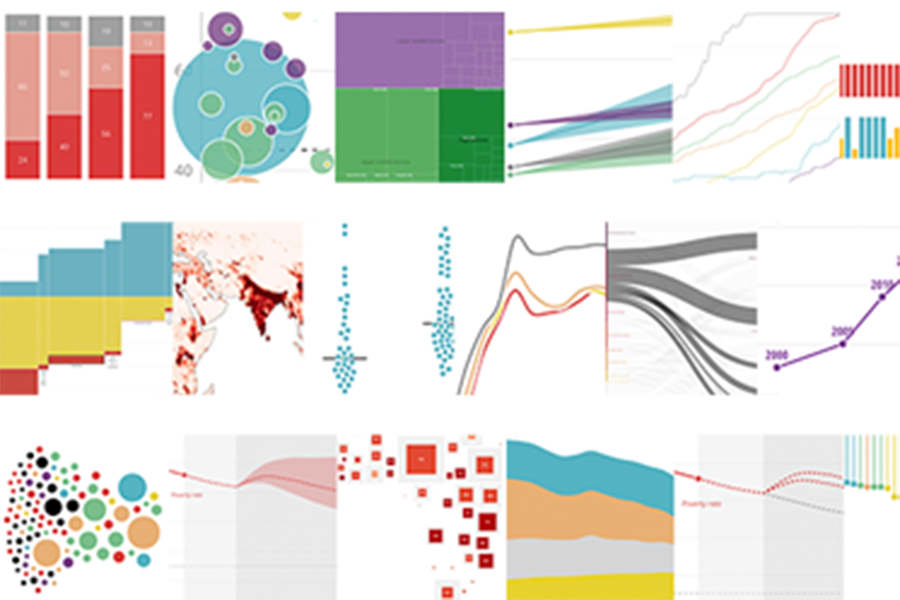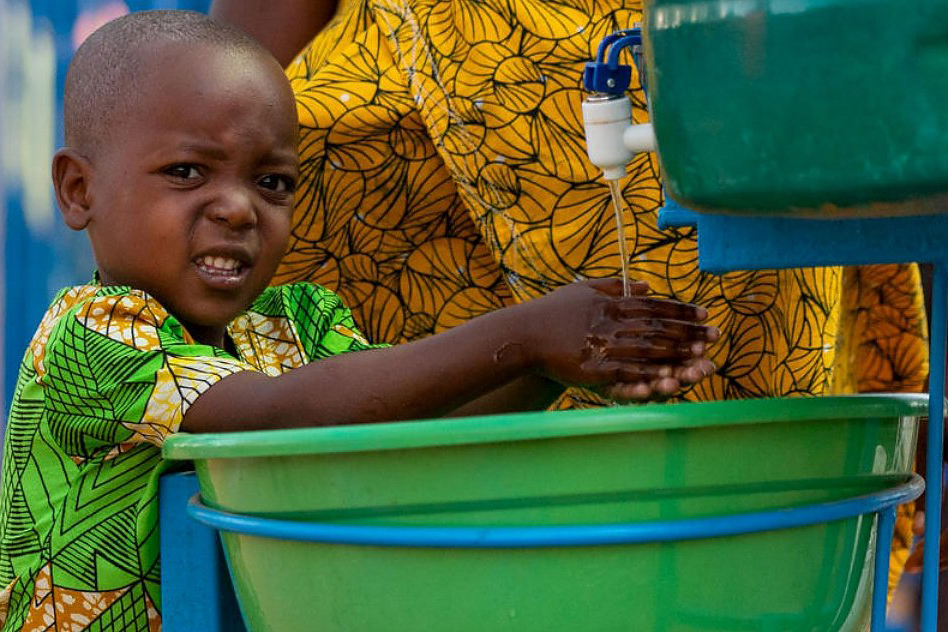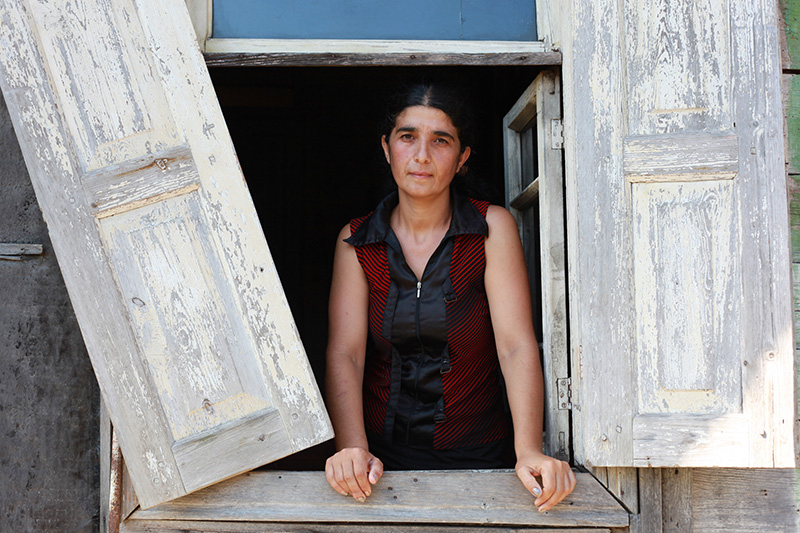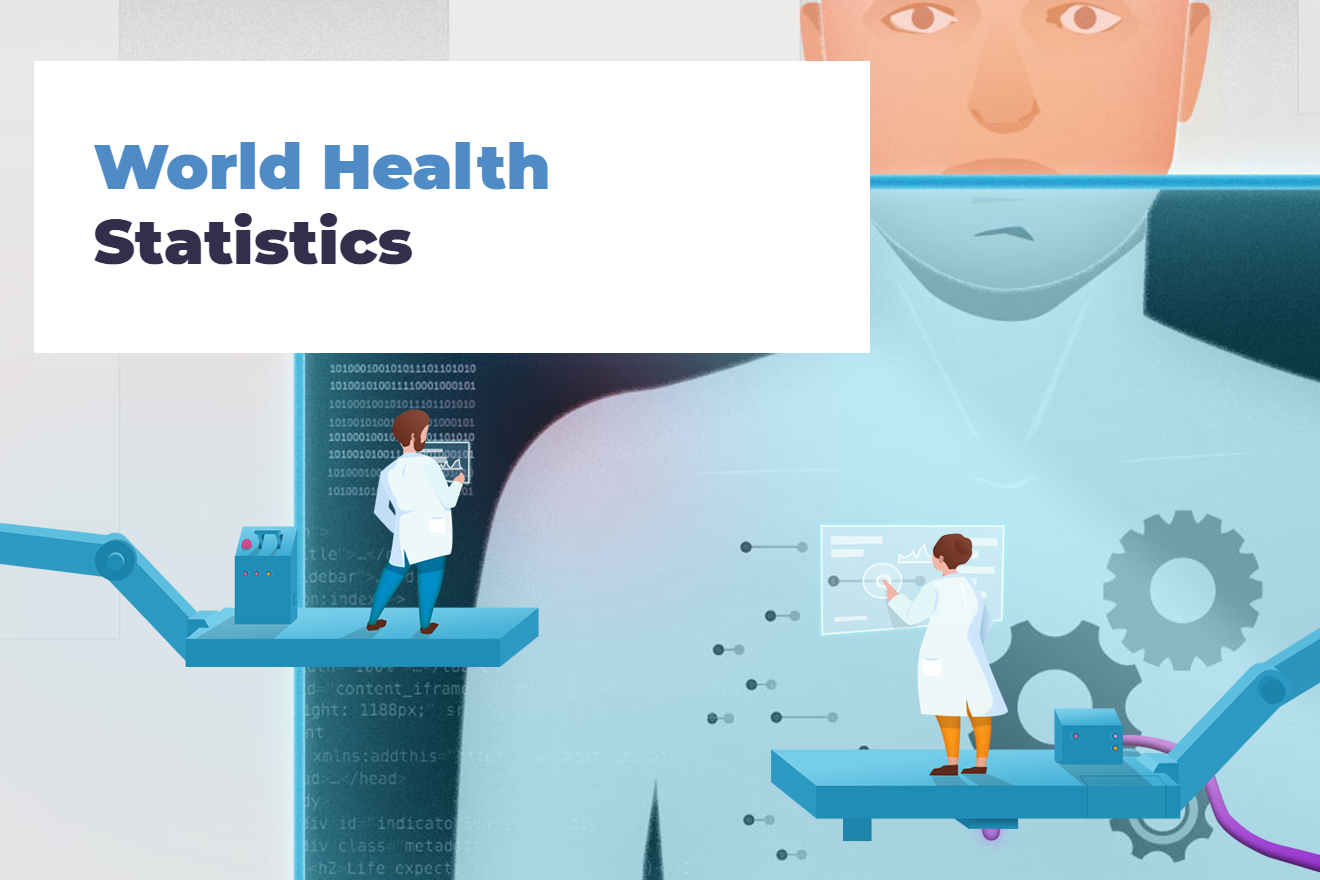Find out more in
Global Issues:
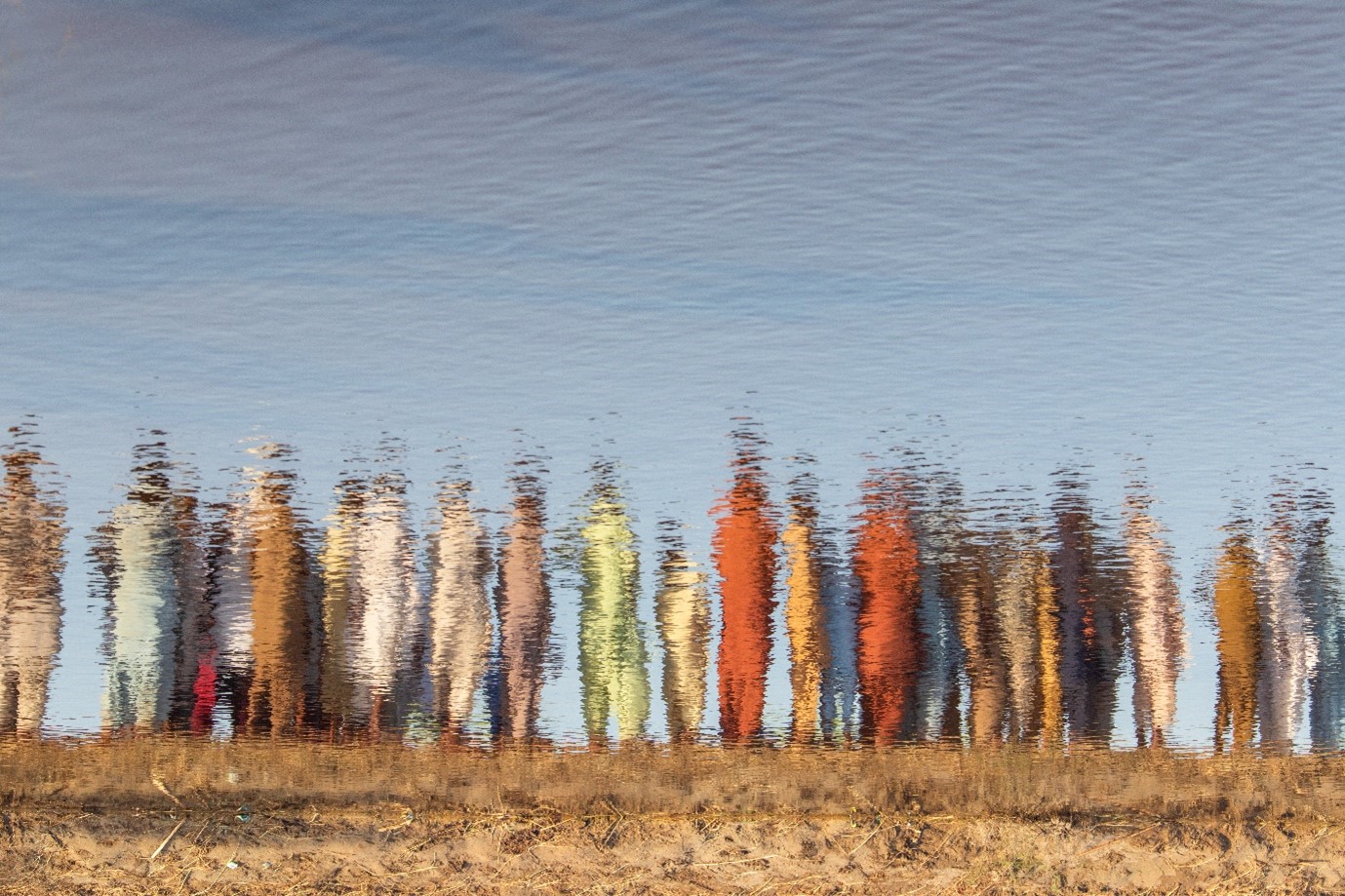
2022: The year that was
While 2022 was a year marked by hardship and suffering, it also brought times that we’ll want to remember. From the growth of the human family to the expansion of our enumerated rights, we are reminded that even in the midst of struggle, we can find cause for celebration, awe or gratitude. In November, according to the best estimates, the world’s 8 billionth human came into the world. The arrival of human #8,000,000,000 is a time for us to reflect on what kind of world we want. We now have 8 billion reasons to fight harder to achieve the Sustainable Development Goals and build a just, green and equitable future for every human. UNDP highlights 2022 in 11 snapshots.
Information gaps impede the understanding of the impact of policies—from measures to incentivize cuts in emissions, to regulations that reduce risks and boost resilience to climate shocks. Without comprehensive and comparable data to monitor progress, it’s impossible to know what works, and where course corrections are needed. This underscores the importance of the new IMF Data Gaps Initiative to make statistics more detailed, and timely. Energy is the sector needing change the most. It is the largest contributor to greenhouse gas emissions, around three-quarters of the total.
At this moment the world faces many global challenges related to environment, climate change, health, food insecurity, economic recovery or human displacement. To take appropriate action, governments must understand and monitor the existing situation and therefore need relevant and timely data. The statistical community is tasked to deliver these data, in particular data on the SDGs, during the 7th International Conference on Big Data and Data Science for Official Statistics on 7-11 November. The latter part of week will showcase the 2022 Big Data Hackathon as well as several workshops.
Data is crucial to allocate humanitarian aid. By the first week of March, UNFPA had provided a so-called “common operational dataset” to humanitarian partners.
Women and girls are often missing in data, and gender data production and use are often an afterthought. Gender data gaps are pervasive, hampering our ability to monitor progress. To fill these gaps, data must be disaggregated to better understand the lived reality of women and girls and capture intersecting inequalities. We need more and better data to make all women and girls counted, visible and valued. We cannot make progress on what we cannot, and do not measure. Data is an engine for change on gender equality. Find out more about UN Women's data work.
This year’s World Bank publication guides readers through the 17 Sustainable Development Goals (SDGs) using interactive storytelling and innovative data visualizations.
Like water, data can shape the world. World Bank Water data aggregates thousands of datasets across organizations and countries to help decision makers develop policies based on solid evidence as well as help researchers better understand needs to formulate solutions.
As the pandemic surges, data visualization shows how displaced people have to contend with extreme overcrowding and limited access to basics such as soap and water.
UN Women’s gender data programme Making Every Woman and Girl Count (Women Count) seeks to affect a radical shift on how we do gender statistics.
Data on disease, death, numbers of healthcare workers, and analysing the amount spent on healthcare allows us to understand why people become sick and what kills them. Here is the annual WHO Statistics.


